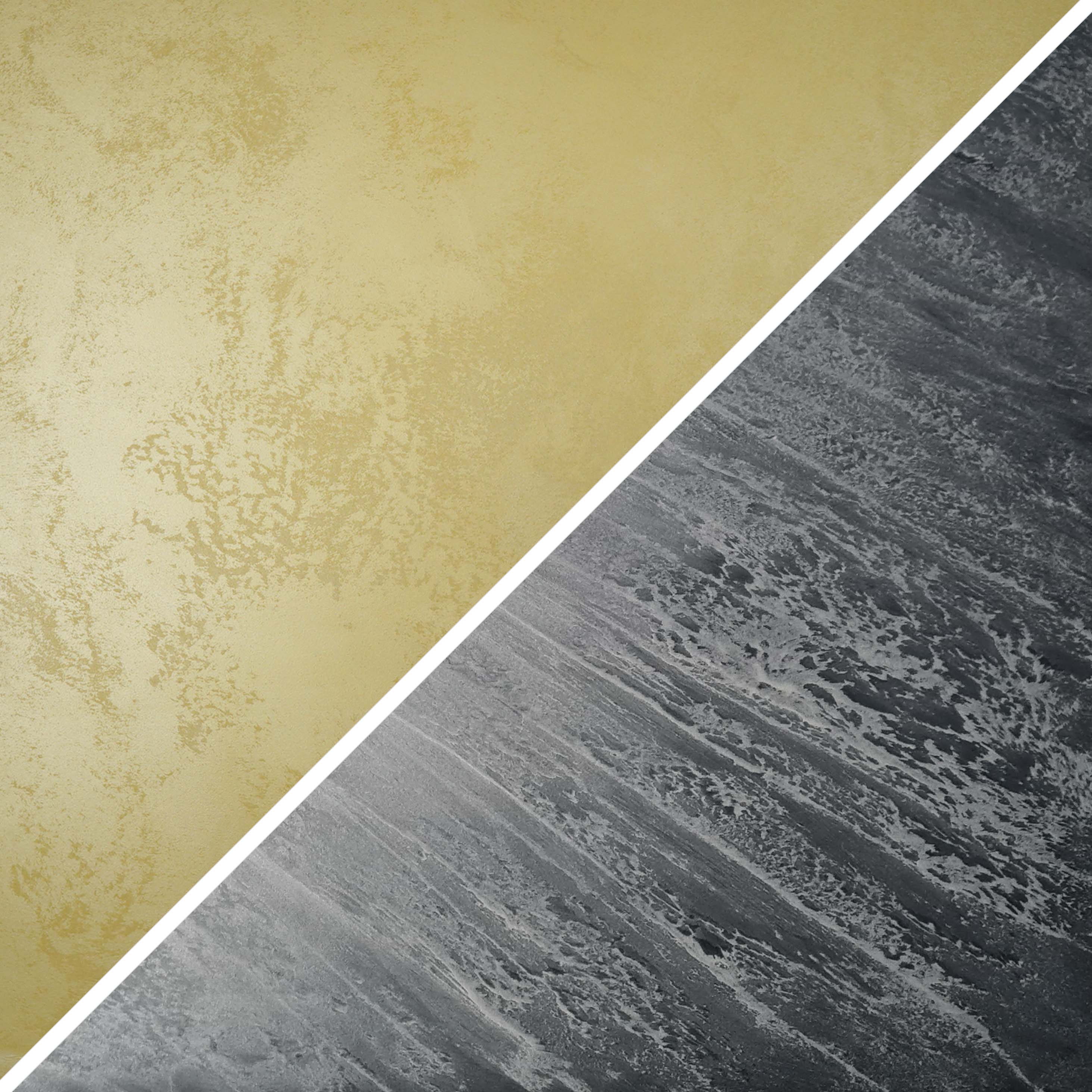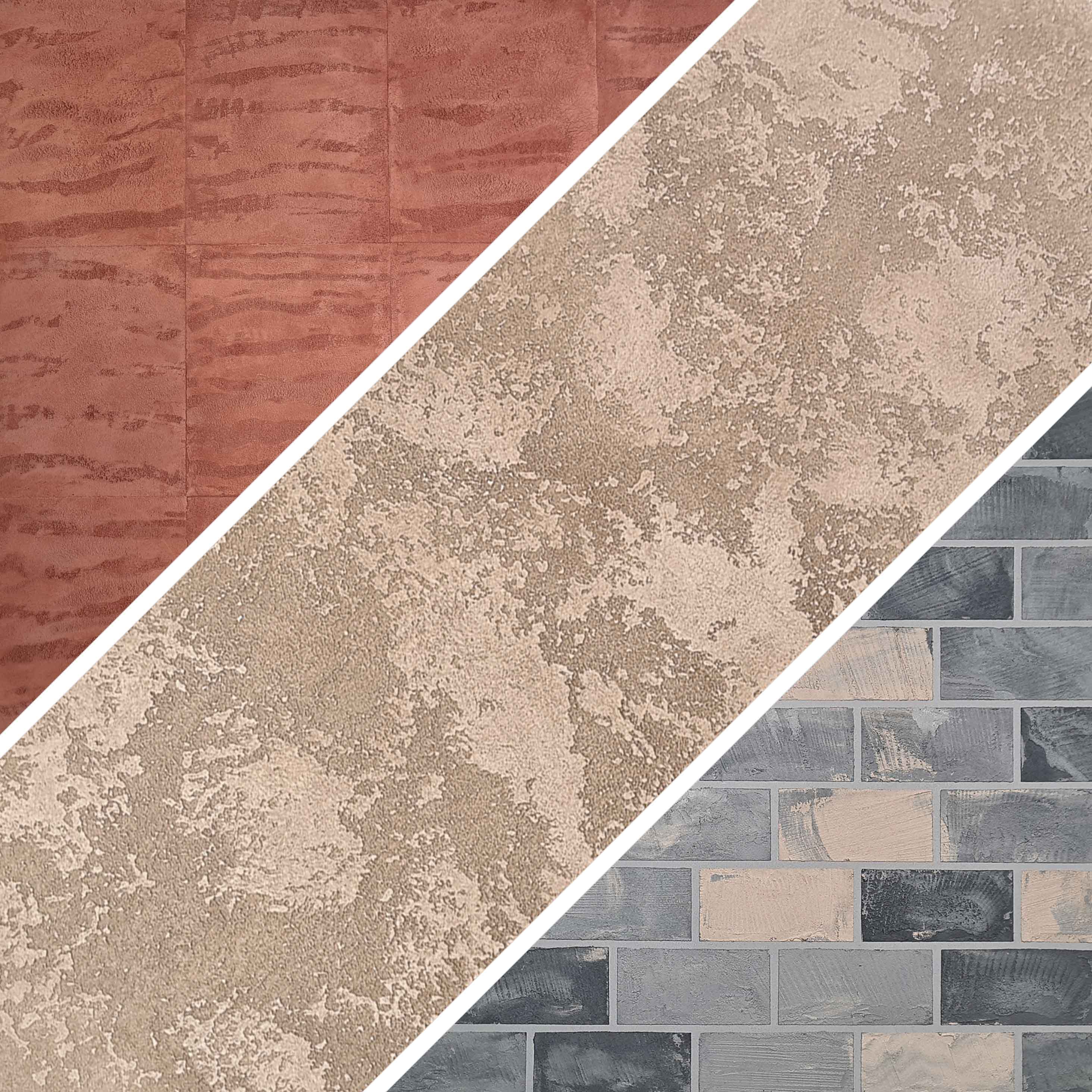How to care for decorative plaster
Decorative plasters and coatings don't lose their popularity; they are increasingly used instead of wallpapers, which were recently meant to be irreplaceable. Decorative plasters are widely used everywhere in the interior (a hall, a living room, a kitchen, a bedroom, a baby's room, a bathroom, an office, and a balcony) and in the exterior (finishing of a facade, terrace, pillars, frieze or in the zone at the swimming pool). The more increases the demand, the more oftener appears the question if it is possible to wash walls and other surfaces coated with decorative plasters and coatings. In this article, we dwell on how to care for the surfaces to provide your interior and exterior look perfect for years.
Features of the care of decorative plaster
Through time much dust and dirt deposit in the relief of the surface. The majority of decorative plasters and coatings, which you can find today in the market, refer to the "waterproof" category. It means that you can wash the surface, coated with such a coating without hesitations. Although you should keep in mind that cleaning the surface of each kind of plaster has some rules for taking care of it. Otherwise, you take the risk to have many unpleasant results, including the loss of an attractive look of the surface. The options for cleaning can change depending on the type of coating on the walls. But you don't need any special skills, tools or treatments for wet cleaning of such surfaces.
Speaking about care for various kinds of decorative plasters and coatings, the experts point out that for significant contaminations you may use various domestic detergents: for furniture and floors, for glass, for fat removal (treatments for dishwashing and powders) and even vacuum cleaner.
Care recommendations:
- You should remember that when you use a new detergent, you'd better test it on the unnoticeable area of the surface. The procedure of washing the decorative plaster or coating is easy. You shall wet the surface with a wet cloth with a detergent, wait for 5-10 seconds and swape the surface without pressure. If contamination is not removed for the first time, you can repeat the procedure.
- It is strictly forbidden to use detergents containing solvents when you care for decorative plaster.
What is the proper way to care for decorative plasters and coatings in the interior
Care for Venetian plaster
When the last layer of Venetian plaster STUCCO VENECIANO is completely dry, it is recommended to apply CERA LAVABILE. It provides the coating not only mirror gloss but also additionally protects against damage and moisture effect. You can swipe it with a wet napkin, cloth or a sponge after the wax becomes completely dry. For severe contaminations, you can use soap water (lightly concentrated solution). Always avoid using brushes, hard washcloths or abrasive treatments.
In the premises with advanced humidity (a bathroom, a kitchen) you shall watch good ventilation, so the drops of condensate don't deposit on the surface.

Care for thin-coat decorative coating
This category includes:
- decorative coating with sparkling effect ARABESK (blue color in the photo);
- decorative coating with velvet effect OTTOCENTO (nacre color in the photo).
After the application and drying of decorative coatings, the wax shall not be applied. The reason is that ARABESK and OTTOCENTO are resistant to intensive loading, moisture effect and have in their content nacre pigments, which play under the sunlight or artificial lighting. If you apply a coat of wax, it will spoil the whole beauty of the nacre play.
That is why you shall wash such surfaces maximum tenderly. We recommend using a soft cloth, wet in warm water. If contamination is severe enough, you can use a napkin or a sponge, wet in a lightly concentrated soap solution, for example, dishwashing treatments.

Care for the coatings with quartz filler
We refer to this category:
- decorative coating with quartz sand and nacre DUNA (yellow color in the photo);
- decorative coating with nacre and glass microspheres GALAXY (grey color in the photo).
DUNA and GALAXY are hard and waterproof coatings. These coatings are also meant not to be covered with wax to avoid spoiling the beauty of nacre play.
To remove dust deposits from the surface, you may use an ordinary vacuum cleaner. For severe contaminations, we recommend you to use a soft cloth, wet in warm water. You can also add soap or a dishwashing solution. For care for such coatings, it is allowed to use a brush with a soft nap.

Care for textured plaster
This category includes:
- facade plaster with an effect of natural stone TRAVERTINO (red-brown color in the photo);
- decorative textured plaster MARMORINO (beige color in the photo);
- decorative coating with an effect of natural stone and concrete ART BETONE (grey with beige colors in the photo).
Textured plasters and coatings have advanced resistance to physical loading. And TRAVERTINO and ART BETONE are also intended for interior and exterior works. These plasters are usually coated with a finishing coat of wax CERA (for interior works) or CERA FRONTALE (for exterior works). The wax significantly simplifies care for textured decorative plasters or coating.
So, you can use cloths, sponges, brushes for wet cleaning, You can add some soap or dishwashing solution to water for better cleaning of the coating surface. The surface of textured plaster will not lose its appearance.

As we mentioned previously, ART BETONE and TRAVERTINO are the only decorative plasters for exterior works.
One of the most important things, when you apply the plasters, is the texture, which you want to achieve. The more relief the surface is, the more difficult to clean pits on the stucco. We recommend applying a finishing coat of decorative wax for facade plasters (CERA FRONTALE).
We recommend making wet cleaning of decorative plaster or coating once or twice a year when you notice that the surface is not as clean as it was right after application. Generally, the best option to do it is in spring and/or autumn.
You can wash it with water using sponges, cloths or brushes. You can also add to the water some dishwashing treatments or soap.
If the surface doesn't become clean, you may use special equipment - high-pressure washing (hydro jet cleaning). The plaster and coating can resist this loading but you have to follow all directions from the manufacturers of high-pressure washing equipment, which they advise for different kinds of surfaces. Although don't use this method every time but only in cases when the surface is impossible to clean in a mechanical way.
- 12.09.2022
